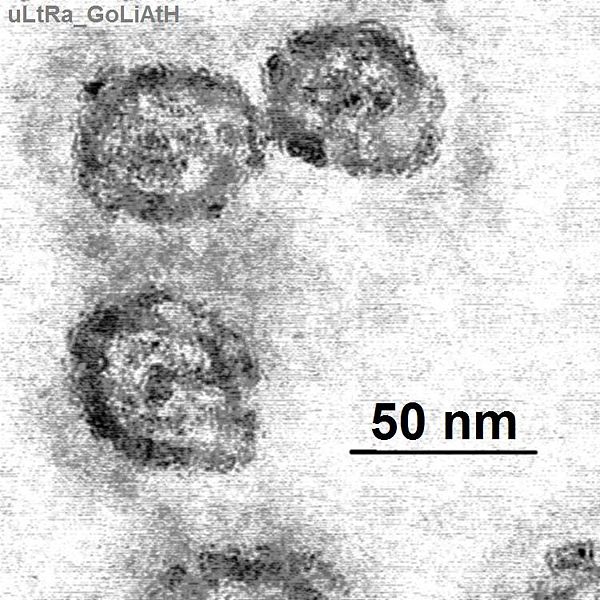Mice with humanised livers are allowing scientists to study hepatitis C virus infections thanks to a US breakthrough.
Around the world, an estimated 170 million  people carry the hepatitis C virus, which spreads through blood contact, contaminated medical instruments and needles, and transfusions.
people carry the hepatitis C virus, which spreads through blood contact, contaminated medical instruments and needles, and transfusions.
Eighty percent of patients who pick up the agent develop a chronic, lifelong infection in the liver that leads, ultimately, to cirrhosis, liver failure and even liver cancer.
These conditions are impossible to mimic and study in a culture dish, and because only humans are affected by this virus, progress towards understanding the way in which the virus causes disease has been painfully slow and, consequently, no vaccine has been produced yet.
Now scientists have, for the first time, developed a mouse with a liver that, chemically speaking, more closely resembles a human liver and can be infected with and grow hepatitis C.
Writing in Nature, New York's Rockefeller University researcher Marcus Dorner and his colleagues genetically modified mice, adding to the animals a handful of human genes that have been shown to be essential for hepatitis C to infect liver cells.
The resulting mice, which express the human genes only in their liver cells, produced the proteins CD81, scavenger receptor class B type 1, claudin 1 and occludin, which appear to be essential for enabling the virus to enter and grow within liver cells.
The modified animals could successfully be infected with hepatitis C and produced new virus particles in the bloodstream.
However, the immune system proved troublesome, attacking the virus and rapidly eliminating it. To combat this, the team bred their mice with a second group of animals carrying changes to immune genes that make them vulnerable to viral infections.
Challenged with hepatitis C, the resulting animals developed on-going infections that persisted for weeks, emulating the chronic infectious cycle of virus production and ongoing liver infection seen in humans.
"This study represents an important step forward," say the scientists, "in developing an animal model for HCV infection and immunity."
The next steps will be to identify further strains of the virus that can grow stably in these animals so that they can be used to develop and test vaccines for what is, unquestionably, an eradicable disease.









Comments
Add a comment